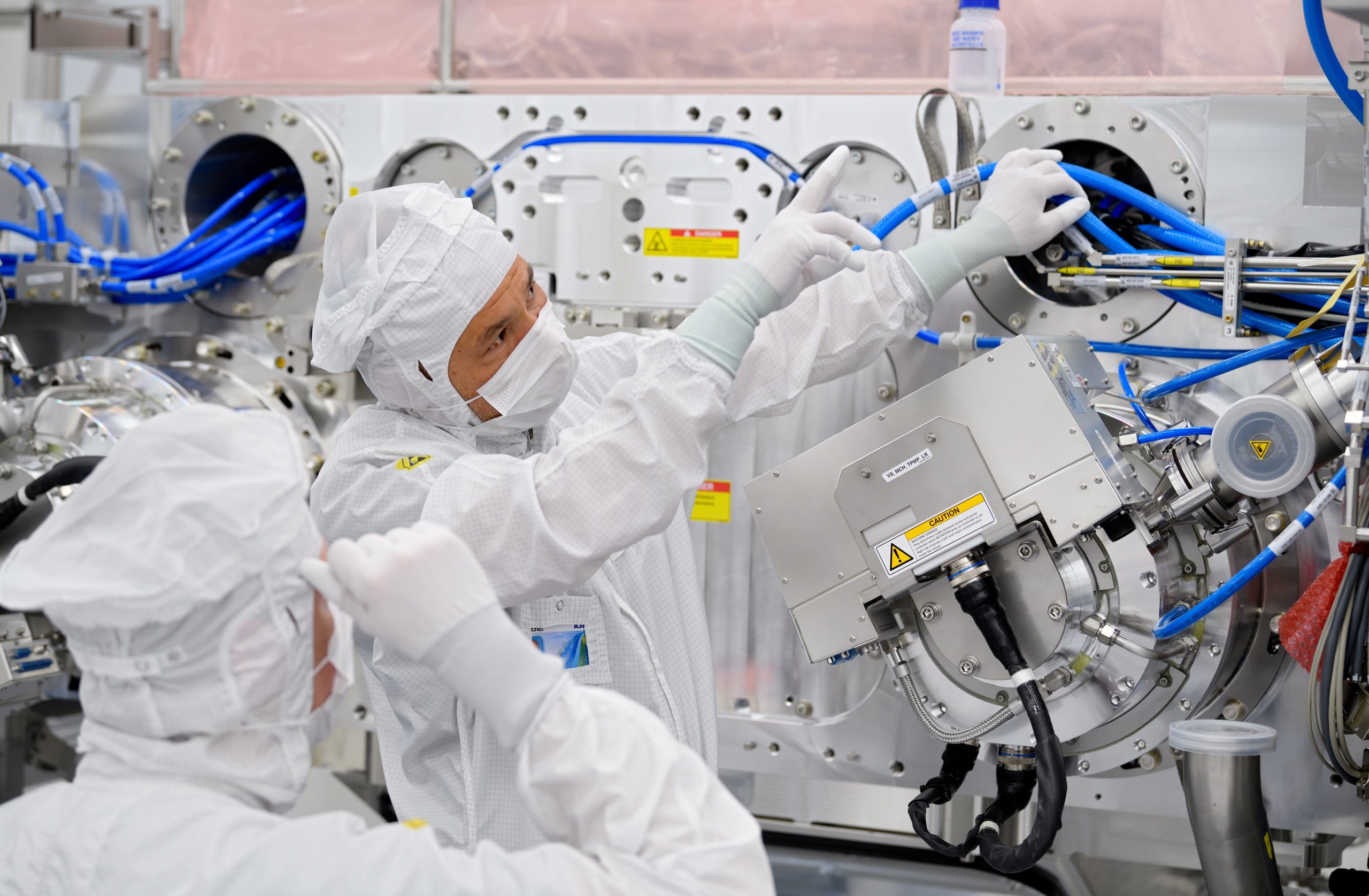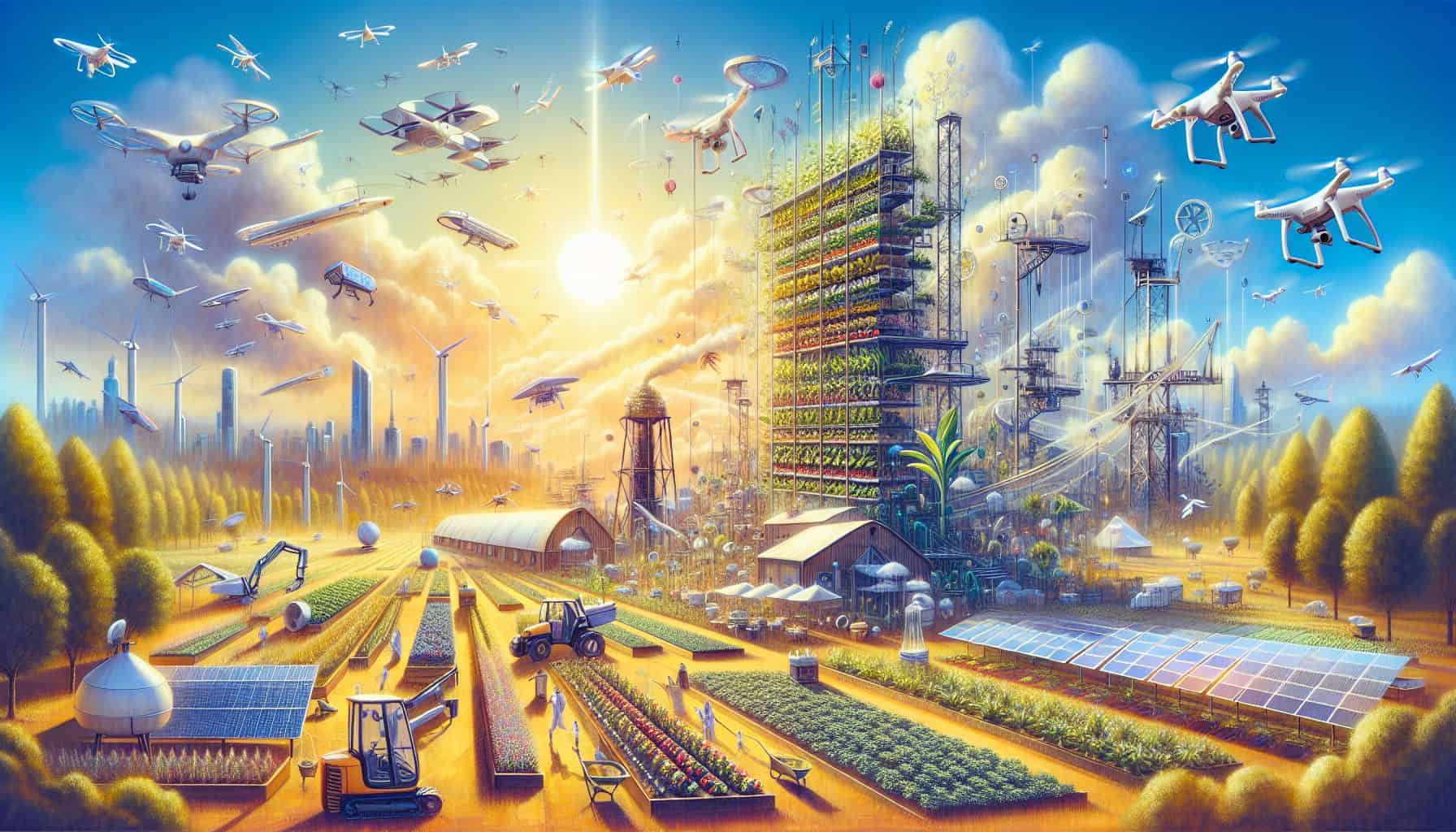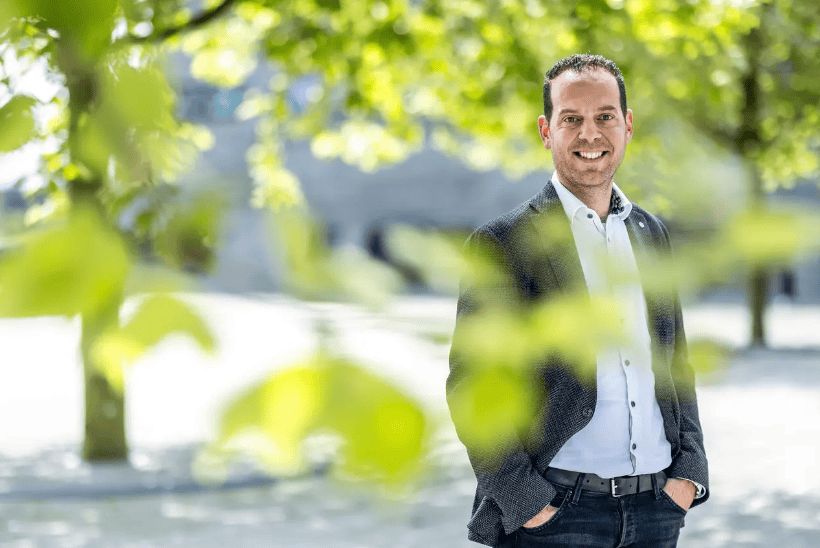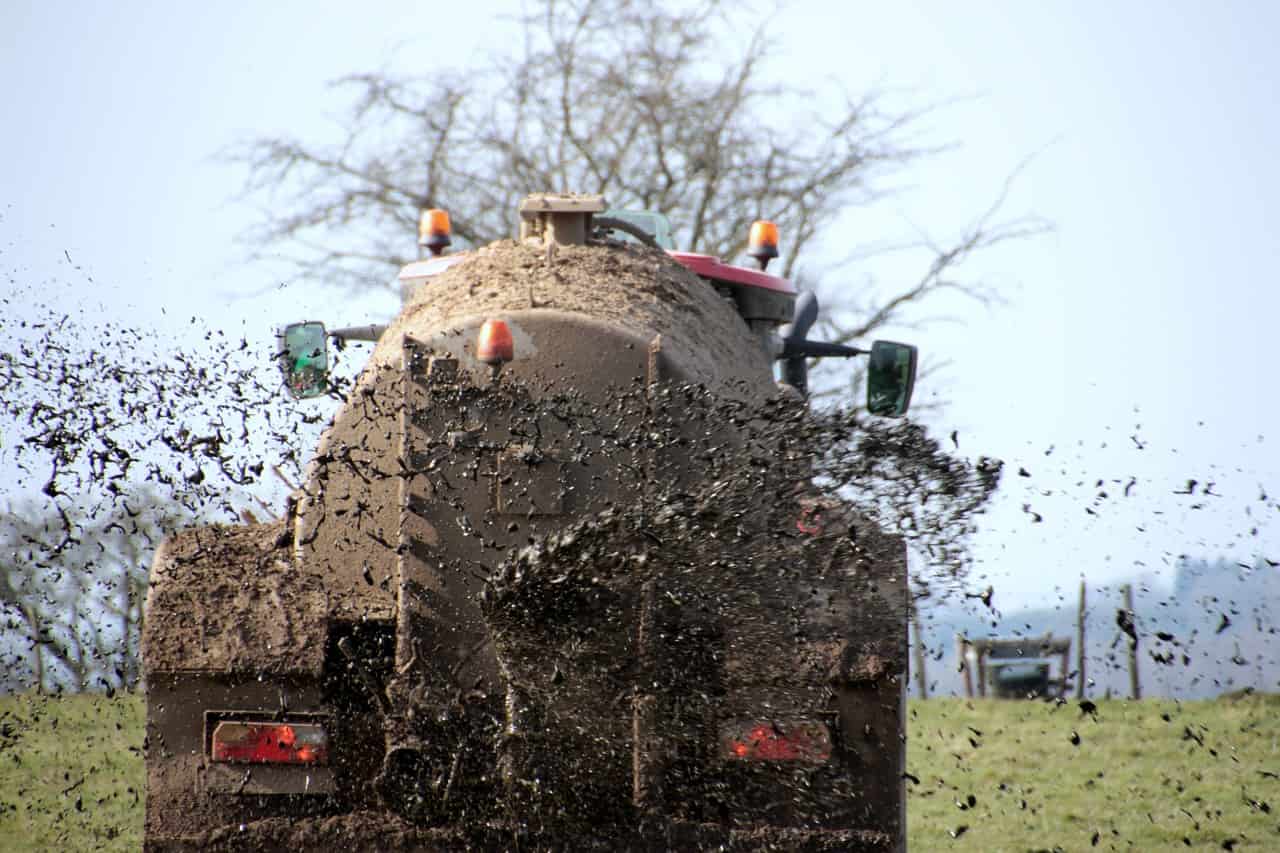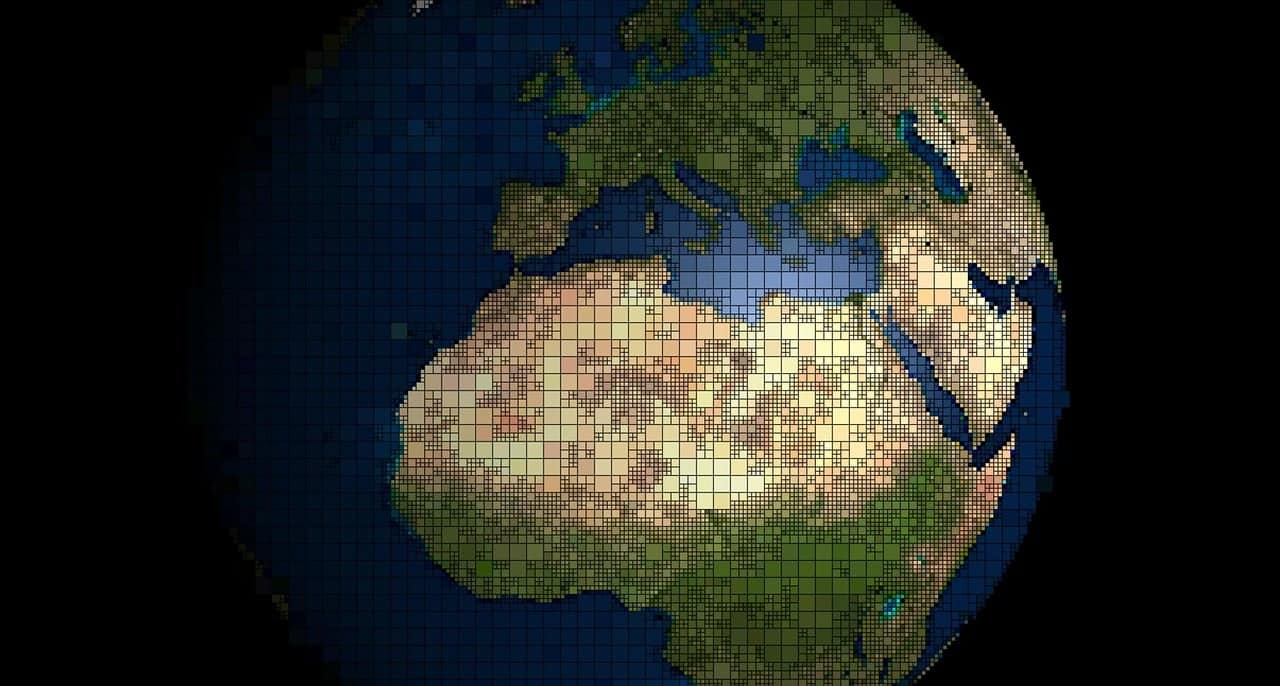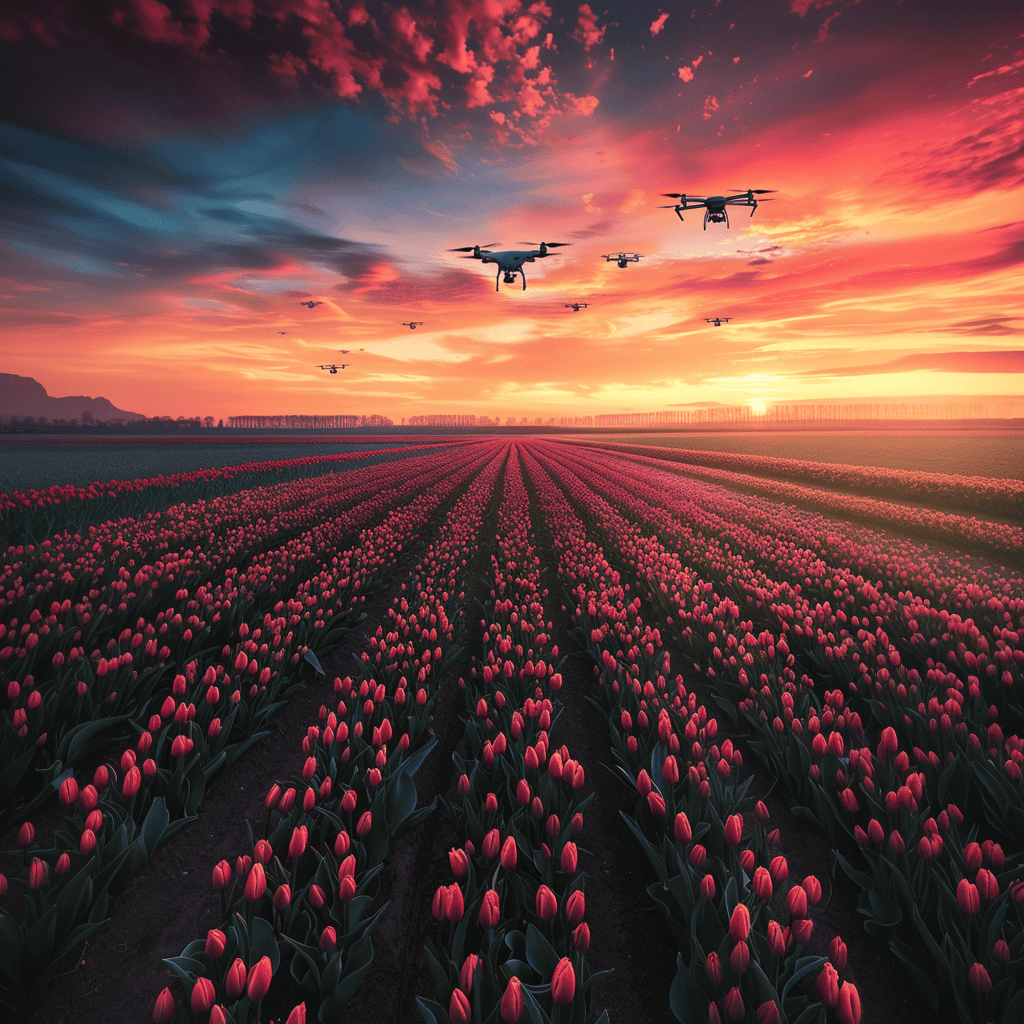
Quite a few Dutch farmers are looking abroad for the future. There is more and cheaper land, there are fewer rules. But the country’s most technological farmer is not even considering crossing the border. “Where better to farm than in Brabant? We are 150 kilometers from a world-class port, we have the manufacturing industry and all the knowledge right around the corner. The infrastructure is top-notch.”
“Even though we have to deal with countless rules and restrictions and land is very expensive, we are still able to provide the highest yields in the world. So, we’re not doing too badly at all in Brabant.”
© vandenborneaardappelen
These are the words coming straight from the mouth of Jacob van den Borne, who, according to his business card is a potato farmer from Reusel, better known as perhaps the most innovative precision farmer in the world. Tellingly, we speak to Van den Borne via a video link while he is harvesting potatoes in his self-driving AVR harvester.
Van den Borne comes from the third generation of a family of farmers. His grandfather started with cereal grains in the 1950s. Van den Borne likes to take his grandfather as an example. “My grandfather wrote in his diary every night after work what he had done that working day. That diary was a reference work, which he consulted every time when something was not going well in the field.”
What the 40-year-old entrepreneur means to say is that not much has actually changed since then. His grandfather also collected information by recording it, and he, too, used the data to improve the harvest. The principle is the same: to measure is to know.
Tailor-made hardware and software
There are differences, of course. Technology is now playing a major role in agriculture. Van den Borne’s sheds are filled with the newest generation of tractors and trailers for planting, harvesting, and fertilizing, among other things, and are all equipped with sensors. What’s more, Jacob van den Borne has a customized package of hardware and software to measure data about the soil and crops.
He has already been using drones since 2011. Van den Borne’s hands are somewhat less stuck in the mud than his grandfather’s. Instead, his hands are more often hovering over keyboards and screens.
For example, in preparation for planting, Van den Borne (weather permitting) launches a drone that photographs the bare soil of his fields. The photos are converted on the computer into an organic matter map showing humus variances. But even after the plants have sprouted, electronically collected data forms the basis on which he makes his farming decisions.
It can occur, for instance, that the digital map shows that plants in a part of a field are not doing well as a result of poor fertilization. Van den Borne then sends corrected information to the spraying machine or fertilizer spreader which will apply the missing fertilizer in the desired quantity to specific places the next time it runs.
© vandenborneaardappelen
The goal of all this is to achieve higher yields and better quality with less use of water, minerals, and plant protection products. This is a very important factor in practicing sustainable agriculture. Precision agriculture is consequently good for the food supply in general, for the environment, and also for the wallet.
Van den Borne, who graduated from the HAS University of Applied Sciences in the Dutch city of Den Bosch, is trying to achieve this goal in all kinds of ways. For example, he has installed an emission reduction floor in a huge hall where potatoes are stored. That way, fewer potatoes spoil and there is less risk of disease. It saves on energy consumption in any event.
Precision Agriculture Practice Centre
Van den Borne is a missionary for precision agriculture. The Reusel resident has undertaken numerous initiatives to win over his colleagues. Years ago, for example, he set up the Praktijkcentrum voor Precisielandbouw (Precision Agriculture Practice Centre) with the aim of speeding up the introduction of precision agriculture in the Netherlands. Yet things are not moving fast enough for him. He believes that this is down to the mentality of, as the Dutch saying goes, ‘wat de boer niet, dat eet hij niet’, as in, ‘what the farmer doesn’t know, he won’t eat.’
“Our sector is quite conservative. The older generation determines how their sons and daughters will farm. It’s pretty hard to get that generation to adopt new things. Of course, they will buy technology if it produces a direct result if it saves money. But collecting data consistently and adapting your policy to that has not been widely accepted yet.”
Precision Academy
In order to convince his colleagues, Van den Borne founded the so-called ‘Precision Academy’ this summer. This is deliberately aimed at involving ‘father and son or daughter’ in order to get them ready for precision agriculture with each other. The first year consists of an e-learning module, supplemented by four online webinars and four practical days.
Starting with precision agriculture is not simply a matter of flipping a switch. “Working with data is a skill that has to be learned. The use of Excel is not everyone’s cup of tea, let alone sensor data, harvest data, and geodata.”
Autonomous agricultural vehicle © vandenborneaardappelen
The drive of Van den Borne, who farms around 500 hectares (partly for himself, partly for leaseholders) knows no bounds. Two years ago, Van den Borne launched ‘Frietje Precise’ (‘Precision Chips’). Thanks to strip cropping (growing different agricultural crops side by side on one plot) of potatoes and organic fertilization, his potatoes are basically perfect for sustainable chips.
Speaking of sustainability: Van den Borne has also installed what is known as a Phytobac where crop protection products are broken down in a sustainable way. The young farmer has his hands full.
Collecting data
“There is one drawback to precision agriculture,” Van den Borne notes, but it is clear from his voice that he does not find it a real concern. “The disadvantage of measuring is that you’re never quite done with it. There is always room for improvement. When collecting data, it’s mainly about improving the quality of the data again and again. And that is a never-ending process”.
Opportunities of data in agrifood
Want to know more about data and innovation in agrifood? Then visit the conference Data Driven Agrifood Future, with speakers such as Arend Koekkoek (Pixelfarming), Ivo Volmon (European Commission (tbc.)) Tim Kreukkniet (Trabotyx) and Hanneke Burggraaff (Joindata). Read more and register directly at https://www.ddaff-alliance.org/programme2021.html
The need for a more sustainable agrifood chain is becoming increasingly urgent. From seed to raw material, livestock, agriculture, food processing, and retail. Within the food value chain, there is much potential value in data integration between the different steps of the chain.
The international conference Data Driven Agrifood Future is part of the DataweekNL and an initiative of the province of North Brabant, municipality of Den Bosch, the Jheronimus Academy of Data Science, Technical University Eindhoven, FME, AgriFood Capital, and DDAFF Alliance.



